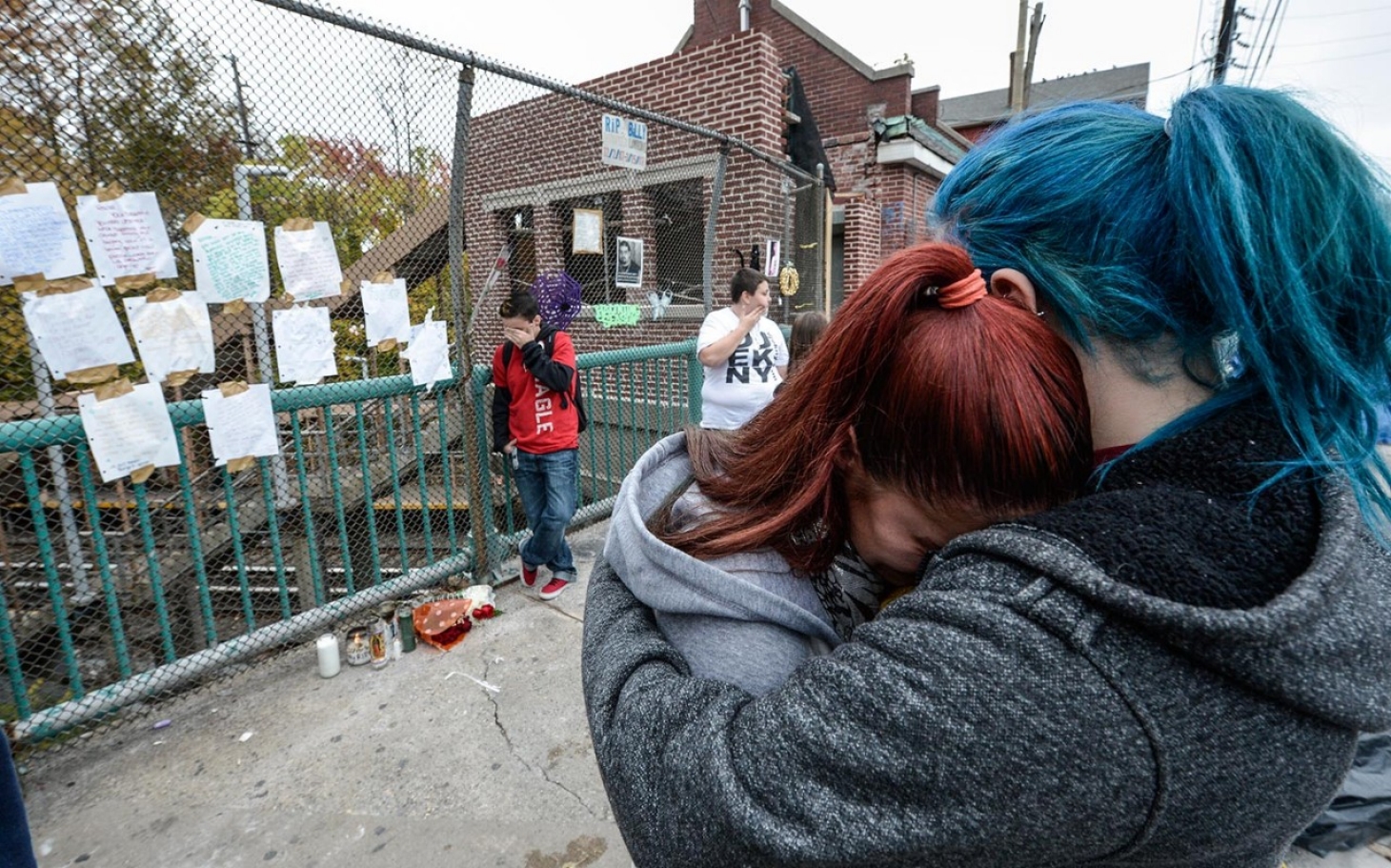It’s time to address the Latina teen suicide epidemicLatina teens grapple with universal factors plus ones unique to their families and culturesJuly 11, 2015 2:00AM ETby Erika L. Sánchez @ErikaLSanchezI became suicidal at the age of 13. Though my family noticed that I had become increasingly moody and sensitive, they had no idea that I frequently thought of killing myself. Life was excruciating. I cried daily — in the shower, in my room, in school bathrooms, on the street. Sometimes the pain was so overwhelming that I cut myself to relieve it.Looking back, I realize my struggle with depression began when I was a child; I just didn’t have the language or awareness to identify it. Puberty exacerbated these feelings. My body was rapidly changing, and as a young working-class Latina, I felt disempowered and alienated from my peers. I also had a strained relationship with my parents, who were Mexican immigrants, because of my bifurcated identity: Raised in Chicago, I grew into an odd, restless and outspoken child with a wild imagination — certainly not the ideal Mexican daughter. I was very much an Americanized teen, longing for independence, particularly from my family, and my parents were not equipped to deal with me. I struggled with severe depression for many years and continued to contemplate suicide, all under the radar. It wasn’t until I had to be hospitalized at 15 that my family and friends understood that I had a mental illness.Unfortunately, my story is not unusual. Latina adolescents have the highest rate of suicide attempts (PDF) among female teenagers nationwide. A 2013 survey conducted by the U.S. Center for Disease Control and Prevention’s youth high-risk behavior survey found that 15.6 percent of Latina adolescents in the U.S. have attempted suicide one or more times. I didn’t know this when I was a teen, however, and thought I was the only person in the world experiencing this anguish. I’m now in my 30s, and it pains me to know that these statistics are still not common knowledge and show no signs of subsiding. We urgently need to address this epidemic with awareness campaigns, resources and education.In May the New York–based health and housing nonprofit Comunilife and the health insurance company EmblemHealth hosted a symposium to raise awareness about these alarming rates. In New York City, Latina teens attempt suicide at more than twice the rate of white youths (13.3 percent versus 5.9 percent). Comunilife’s Life Is Precious program specifically addresses the Latina teen suicide epidemic and is the only one of its kind. In the past seven years, the program has provided support to more than 200 girls, and not one of them has killed herself. The symposium brought together mental health experts and government officials to share ways to help medical providers recognize this problem and treat their patients accordingly.But the issue has received scant attention in the media and in the mental health field. “We all thought there was going to be much higher interest and follow-up on the topic [when the research was released], and there wasn’t,” said Rosa M. Gil, the president and CEO of Comunilife. She pointed out that 18-year-old Rutgers student Tyler Clementi, who committed suicide in 2010 after he was cyberbullied for being gay, received national media coverage for several days. Additionally, the federal government responded by hosting a conference, an anti-bullying bill was introduced in Congress, and a foundation was created in his memory. Gil wonders why Latina teens haven’t had this kind of response. I can’t help thinking race is a factor. While LGBTQ oppression frequently — and rightfully — receives high-profile press, the same does not always apply to Latino issues. In 2013, Gabby Molina, a 12-year-old Latina from Queens, committed suicide. Last year Alejandra Parapi, a 14-year-old Ecuadorean from Queens, also took her own life. These stories received little news coverage. I want to use my experience to advocate for other young Latinas who suffer from depression and to draw attention to the dearth of visible champions for this epidemic. The reasons young Latinas are at higher risk of suicide are varied and complex. One is that mental illness tends to be stigmatized in Latino communities: Depression tends to be perceived as temporary tiredness or stress rather than as a medical condition. Latino families’ relatively high rate of being uninsured means that they often don’t have access to affordable mental health services; when they do, there is a serious lack of culturally competent care.Another factor is a lack of communication between Latina daughters and their parents. Luis H. Zayas, the dean of the School of Social Work at the University of Texas at Austin, has spent years researching this epidemic and notes that many Latino parents are rigid about traditional gender roles and demand obedience to family needs. Parents, for instance, may forbid their daughters to date and require them t
Source: Time to Address the Latina Teen Suicide Epidemic | Al Jazeera America

